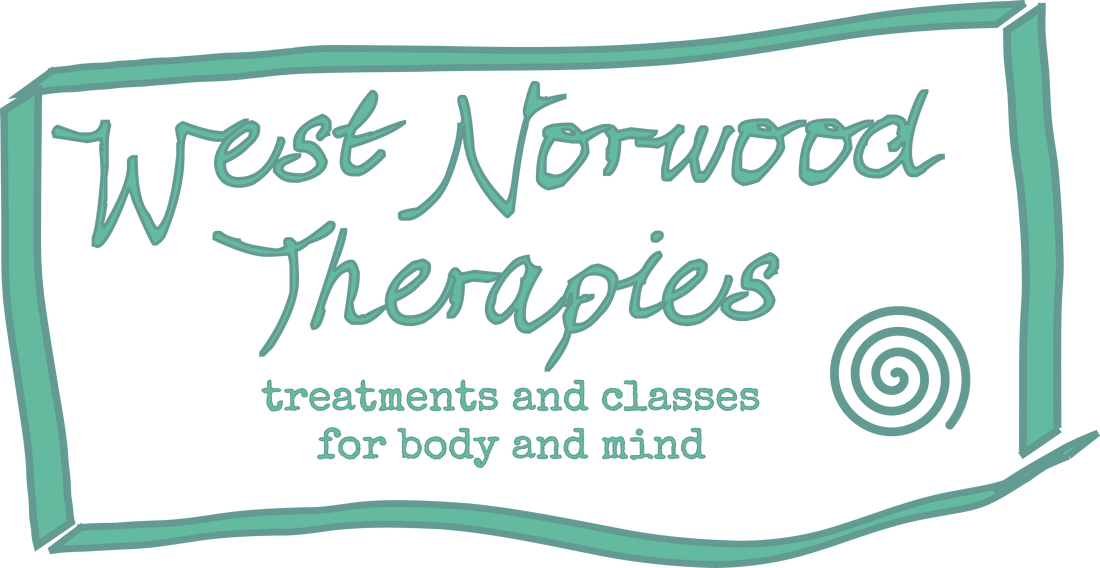|
Massage therapist Erika Zettervall shares an update on her experiment to see if running can help with depression and low motivation. Here she shares how this is going over the depths of winter and the effect it is having on her life. Still running
In my previous blog I had just taken up running regularly as a vehicle for keeping mind and mental state in good health. So here is a little update a few months along deep into mid-winter. I am still running - three times most weeks, for about 40 minutes and really enjoying it. The after-effect of brightness and energy in mind and body, even if the actual run sometimes felt like hard work, is really very nice. It definitely has been harder to get up when it’s dark and out of the door in the mornings during the winter. North is in my blood so temperature is not a deterrent and frosty ground a more pleasant experience than the mudslides our parks often turned into this time of the year and I also quite enjoy getting out in bad weather, better running than walking in the rain. Then afterwards it’s so nice to get back in and indoors feels lovely dry and warm. It’s more the general tiredness of January and winter with its short days, a time when, if possible, it’s okay to linger a little longer in bed and take it a bit slower. This coming week, February 1st, marks the halfway point between winter solstice and spring equinox. This day is also called Imbolc or st Bridgids day. From now on the acceleration in daylight per day is becoming more noticeable week by week. Amusingly, this day has lately gain notoriety due to an increased interest in old Irish and Gaelic traditions, a side effect from the many Brits looking into Irish roots in pursuit of a passport in the wake of Brexit and is now celebrated in several places in London. When it comes to avoiding slipping into depression, one of the purposes of the running regime, it is obviously impossible to know and compare how I would have felt if had not been running regularly. The dread and despair that I often experience around this time of the year, so familiar and recognisable I know it will pass, like a winter season of mind, but sometimes it sticks and turns into depression. This year it feels okay. The structure of running is helpful and having regular dose of joy and satisfaction from keeping up with the commitment is good mood boost but the sense of strength and vitality is the biggest benefit I experienced so far.
0 Comments
Massage therapist Erika Zettervall has embarked upon an experiment: can running help with depression? In this inspiring blog she shares her journey so far and some helpful resources for anyone interested in exploring whether running might be a good option for yourself in improving mental wellbeing. I have taken up running again, this time conducted as a little experiment to see how - or if - it affects my state of mind. Bluntly put, I’d like to see if it works to combat depression. My state of mind has been a bit low and dull, feeling uninspired and finding it hard to make decisions as well as difficulty concentrating. Perhaps that’s normal sign of ageing or symptomatic of my lifestyle with increased screen time and social media indulgence. According to psychiatrist Anders Hanson, running 30-45 minutes 3 times a week at 70% effort for at least 6 weeks would create changes in the brain that help with depression. My understanding is that there is a substance produced in the hippocampus and cerebral cortex in the brain called BDNF (Brain Derived Neurotrophic Factor) that protects, repairs and stimulates new brain cells. Having low levels of this substance is associated with depression. Medication increases these levels as does exercise. I have taken antidepressants in the past and found them helpful to some extent but not really making much difference long term and at this point it doesn’t feel necessary to seek them out. So, after finding a book on my bookshelf in the great unread section by Dr Anders Hansen writing about the benefits exercise in general, and running in particular, has on the brain as well as hearing him speak on Rangan Chatterjee’s podcast, Feel Better Live More, episode 38, I decided to give it a go. A simple explanation for these benefits is that our biology is still more in line with being a hunter gatherer and not suited for the abundant, convenient world we now live in. Shorter sessions of 20-30 minutes would also make improvements in the functions of the brain such as memory and creativity. The plan is to work up to the 45min sessions and keep it up for 6 weeks and see how I feel and then keep going with three times a week 30-45min sessions. It sounds a realistic and doable plan to have and curious to see how this will take me through the winter. No doubt shorter days and harsher weather will be a bit of challenge. Luckily, I have always liked running when I’m fit enough and I enjoy the striding movement. It’s a nice way to explore an area be it park, wood or neighbourhood. It is also a very accessible and simple way to exercise. No need for fancy memberships, class schedules or expensive equipment. Just put shoes on and go. I like the freedom of that. I am now 4 weeks in and it is a joy. Perhaps it’s the lovely, mild autumnal weather that brings a pep to my step. Starting out being in general good health and having a comfortable walking gait has been helpful (don’t run before you can walk as the saying goes) in having making it very pain free so far. Not focusing on speed or distance makes it very carefree. The first two weeks I went for 20-30 min sessions and this last week increased it to 45 min a couple of times.
As to how my mind is: Feeling a lot more inspired than I did a couple of weeks ago, but if that is down to the actual running or to setting and following a plan it’s hard to say. Having an intention with what you do, whatever it is, is also one of these things in life that can shift the mood.
Acupuncturist Philippa Summers suggests some local classes suitable from pregnancy to preschool and highlights which of the WNT team can support you around this busy, nurturing stage of life. As the nights begin to draw in and we withdraw inside a little more it can be more challenging to plan your days with a baby or toddler, and to look after your own well-being and fitness. Well, the good news is there are a wealth of opportunities out there, activities you can do with your baby or children and classes for yourself with your baby or at those precious moments you have to yourself. Just getting out and meeting up with other mums and dads can make a whole world of difference as you adjust to parenthood. Maybe you are looking for something specific or just want to browse and see what’s out there.
I came across a website, Happity, that makes searching for classes and events in your area a doddle. It covers everything from pregnancy through the baby and toddler years to age 5. Prices vary, some are free and some low cost from as little as £2. Among them are:
I know from my own experience and that of probably every parent I know just how important these groups are through this phase of life. If you are struggling with post-natal depression Happity also have a dedicated area of their website which includes links to useful resources. Check out their blog, too. I’d like to make a special mention for Gather-ed as they offer something a little different and I think much needed. They offer 1:1 support, workshops and group gatherings with experienced facilitators including midwives - ‘gently facilitated discussions on themes and topics relevant to parenthood…and are a space for honest, authentic conversations’. Wednesday mornings at Knowles in West Norwood, other classes in East Dulwich. Pregnancy Treatments at West Norwood Therapies Finally, we can help to support you throughout your pregnancy with our treatments at West Norwood Therapies:
Acupuncture: Some women choose to have regular acupuncture to support them throughout their pregnancy, but commonly it will be to help with a particular issue. In the early stages of pregnancy women often seek help for morning sickness and at the latter stages for breech presentation and birth preparation. For birth preparation there are advantages to starting treatment at 36 weeks but with the all-clear from your midwives we can also offer treatments when you are overdue and facing an induction. If you are trying to conceive Laura and Philippa also offer fertility focussed treatments, too. Please just get in touch if you’d like to find out more. WNT founder Jennie Duck shares her love of river swimming and how she overcame her hesitations to get in the water this year. I live in Scotland right by the river. It has always been a fantasy of mine to live right by a river – a swimmable river – and sometimes I have to pinch myself to know that this is in fact my life. Normally I am itching to get in for my first swim of the year and this has been as early as April in our 5 years here. I have fantasies of going for a dip every day of the year at some point, but with young children and various life demands I am not aiming to achieve this anytime soon. But over the summer months I love to go in for mini-dips, mega-dips, paddles and full submersive swims. But this year I haven’t wanted to! With this theme of swimming for our summer news I volunteered to write about my first swim of the year and promptly regretted it when I realised that it would involve, well, going for a swim. I have a 9-month-old baby now as well as a 7yr old home-educated child and time has become so hazy and precisely precious all at once. We still live like in lockdown, we are both self-employed working from home and being alone is a hard thing to find at present. Having a shower now constitutes self-care time and I find myself having to choose between things that I used to value as daily activities. I can do some yoga OR tend to my veg patch. I can wash my hair OR go for a run. Swimming in the river involves a change of clothes, a short walk and a shower – that’s like 4 days personal activities all in one.. 😉 I kept thinking of the benefits I get from swimming outdoors – the freshness, the absolute presence in nature, the warm glow afterwards, the sense of achievement – and wondering when I would find these more urgent than a bit of time on my yoga mat or rescuing the beetroot from the weeds. It didn’t come – but my family did! I come from a family who grew up swimming in rivers and the sea. My mum used to say, “I’m always happy by water” and perhaps as a family of Ducks it is no surprise that we are all energised and nourished by water and being in it.
This was a different experience than the solo experience which boosts my emotional, mental and physical health by the combination of headspace, nature, exercise and freedom. This was fun, community, connection, joy, sharing AND nature, exercise and freedom!
As I read the interviews Tessa has done with her swimming clients and Philippa’s input on swimming around perimenopause, I can see the place for doing these things in community, for the joy that can only come from sharing and doing things together. The poet Ross Gay writes about his experience focusing on delight and joy “Which is to say, I felt my life to be more full of delight. Not without sorrow or fear or pain or loss. But more full of delight. I also learned this year that my delight grows—much like love and joy—when I share it.” Then I read Erika’s words on our senses and understand that I still want to go for my solo swims, to nurture my interior landscape as well. Maybe the weeds can defeat the beetroot this year and I can get in an extra few dips… Acupuncturist Philippa Summers looks at what women can experience from perimenopause onwards and how exercise and swimming can be of great benefit around these years. At a recent party on a chilly evening in the garden I asked a friend in a strappy dress if she was warm enough, she lightly replied “Oh, yes, I have my own personal weather system”. Made me chuckle but menopause is no laughing matter. Some women sail through but for others the symptoms can be unbearable and debilitating and can take a huge toll on just about every aspect of life. It can be a time when women feel at a loss with the changes that are happening to them, bewildered by them. Getting the balance between seeing them as a medical issue and a transformative time of adjustment can be helpful in easing women through this phase of life with greater serenity and joy, with a combined approach offering great benefits. Among the most common symptoms are hot flushes, night sweats, mood changes, tiredness, vaginal discomfort, loss of libido and brain fog, but it affects women very differently and you may experience a range of other physical, mental and emotional symptoms. They can start as women enter the perimenopausal phase, often in their mid 40s, sometimes earlier, usually but not always accompanied by changes in their menstrual cycle. From a medical perspective getting diagnosed is the first step to understanding the changes you are going through and finding solutions that suit you, including HRT. The options can be simple with far reaching benefits. Finding the right choices for you will not only help you to feel better but importantly also help to protect your future health, particularly cardiovascular and bone health. From a lifestyle perspective nutrition, exercise, sleep, relaxation and strong social and emotional connections provide the foundations for your wellbeing, regardless of whether or not you take HRT. Acupuncture can also play a supportive role in helping women ease through the transition, connecting mind with body, with proven benefits for some of the associated symptoms including hot flushes, low mood and anxiety, poor sleep, aches and pain. I have included a link to a resource with a wealth of info at the end, including medical, lifestyle, social and political info. Now, for an overview of exercise and then a brief focus on swimming, our topic for this summer newsletter, in relation to menopause. Exercise From perimenopause onwards physical activity can help to prevent muscle loss which occurs naturally as we age, support a healthy weight reducing the risk of chronic disease and improve cardiovascular, respiratory and bone health. Exercise will build strength, support the joints and alleviate the aches and pain, and the mood enhancing benefits of exercise can help in the way we perceive pain. Additionally, it can help with sleep and generally help you to feel better. If you have specific health issues that limit your activity then seek appropriate advice and support. As a guide try to get about 30 minutes of moderate exercise 5 times a week but if you are new to exercise then start light with 10 mins a day and build up gradually. Aim for a combination of exercise each week:
Cold water swimming is anecdotally very helpful to relieve hot flushes and some of the other symptoms of menopause. It has proven stress relieving and anxiety reducing benefits which can last for several days, and also helps immunity. We are fortunate to have Tooting and Brockwell Park lidos on our doorstep. During the winter especially, they are places with a strong sense of community and camaraderie. If you intend to swim into the winter months then start swimming during the warmer summer and autumn months so that you can gradually acclimatise. As the temperatures cool check out the cold water swimming guides so that you adjust safely and do not overdo your exposure to the cold.
More Information If you are seeking more information the Balance-Menopause website, set up by menopause specialist Dr Louise Newson, is a good place to start for understanding more about the perimenopause and menopause and finding support, with an app to track symptoms if you wish. Their mission is to make menopause support inclusive and accessible to everyone globally, with some extremely useful free resources. If you have symptoms then seek out a menopause trained specialist to confirm diagnosis and guide you through treatment choices - HRT, alternative options and lifestyle advice all have a role to play. Sports massage therapist Tessa Glover interviews her client Emily Hayter who is a competitive swimmer who trains with Spencer swimming club. Emily shares how she approaches training and competing and encourages us that swimming can be taken up at any age and stage. Thanks for sharing Emily! 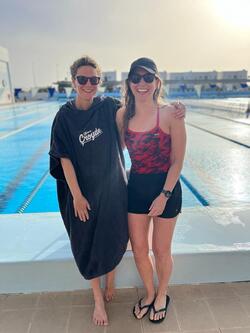 How long have you been a competitive swimmer? I always loved the water and I swam competitively for a few years in my early teens while I was living in Canada. I swam on and off on my own after that but was mainly keeping active through other things. After a 17 year break from club swimming I joined a Masters club, Spencer, in London in my early 30s and started competing again. How did you come to choose your preferred swimming stroke and distance? It's changed since I was younger, partly due to injuries (eg no breastroke because of my knees so no medley events anymore). The only one of my favourite events from when I was younger which I'm still doing is the 50m butterfly. One thing that's great about pool swimming is you learn and practise all four strokes, so everyone finds their own favourite. Aside from the 50 fly I race all freestyle, everything from 100m to 1500m. This year I'm also doing my first open water event which will be 3800m. At some point I might need to choose between the short and long distances though, as it's difficult to train for both at the same time. What do you love most about swimming? What does it give you? As an adult, swimming in a club has brought me back to a regular fitness schedule, guided by a coach and in the company of great fellow swimmers. I get so much more from it than I was getting just from going to the gym. I've also made new friends and started going on swimming trips like training camps at Club La Santa in Lanzarote and sea swimming holidays in Italy with SwimTrek. I feel inspired by the older swimmers in Masters, many of whom are still racing and setting records in their 60s and beyond. Club swimming has brought me great examples of how to stay fit in later life. What's the toughest part of training for a competition? I've always been more of a training person than a racing person. I like training and usually go 3 times a week with Spencer. Some people are the opposite, they love racing but not so much training. The unpredictability can be tough in both training and racing. You have good days and bad days in the pool, and they can be quite random (ie not linked to diet, rest etc) which can be discouraging. So trust and confidence in the training you've been doing throughout the year is important. There's also a lot of technique to think about in swimming, and we work on that all the time. It's difficult to change ingrained habits and patterns of movement, and it takes patience. I usually find that as soon as I fix one technique detail I start doing something else wrong! So it's a continuous process. Can a swimmer get into competitive swimming as an adult? Definitely! I know several people who only started doing lane swimming or learned all the strokes as adults and then got into competitions, either in pool/Masters swimming, open water or triathlon. At my club not everyone competes in pool competitions, some people do triathlon or open water and others just train for fitness and don't compete at all. How do you look after yourself physically and mentally? I do pilates a few times a week, which helps with management of old knee and back injuries that would otherwise prevent me from swimming. Swimming encourages me to do these types of conditioning exercises I should have been doing before but wasn't motivated to do. I used to do yoga but after learning more about hypermobility I swapped to pilates and find it better for me. I also go for massages with Tessa at WNT which really helps me manage a neck issue I've developed. I'm lucky to have generally good mental health. I try to maintain it through exercise, work/life balance, social life and occasional restorative yoga. I love food and eat a lot but generally pretty healthily. Another thing I should have mentioned that swimming gives me is the excuse for a lot of snacking.
How long have you been a swimmer and when did you discover the joy of open water swimming?
Although I learned to swim as a child I only took up Open Water swimming aged 51. As my youngest son finished his A levels, I found myself with more time at weekends. I know you consider yourself to be a slow swimmer compared to others but you are a strong endurance swimmer. When did you discover that you can swim long distances? And what’s the key to endurance swimming? After a few 1 mile (1.6km) lake swim events I decided I wanted to take on bigger challenges, so next up was a 1.9km then a 3km swim. I couldn't find anyone to join me for the Jubilee river 10km relay and ended up signing up to swim solo instead. It was at this point I decided I needed some swim coaching so joined Windrush Triathlon club, a multi-sports club in south London. After the Jubilee marathon I did several other long distance swims and also went on some open water swimming holidays. My tips for endurance swimming are to keep working on your swimming technique over winter, then gradually build up to longer distances in lakes, rivers and the sea as the weather warms up. Experience of being able to handle currents, cooler water and all weather conditions helps a lot. Breathing, technique and cardio fitness combined? Anything else? Relaxed breathing comes with practice and I would also recommend some strength and conditioning sessions and of course regular sports massages. What do you consider to be the main benefits of open water swimming? I experience a huge sense of wellbeing swimming outside. I love the sensation of moving through the water, hearing birds, seeing fish (sometimes) and feeling part of nature. The open water swimming community is extremely friendly and I love the challenge of different water conditions. A sea swim between the same two points will be different every single time so you never get bored. I like to think there are health benefits and I definitely feel more mentally resilient. What advice would you give to people who would like to try lake or sea swimming for the first time? Many venues have introductory sessions so I would try these. Don't wait until you can persuade a friend, as you will meet like-minded people there. For sea swimming I would rely on local knowledge and join online communities. For a first time open water swimmer, what are essential items they should buy/borrow? Essential items are a comfortable swimming costume, a brightly coloured swim cap and goggles. If you want to try a longer swim and/or cooler water, a wetsuit is recommended. You can hire these at many venues if you want to try one out. I bought my first wetsuit second-hand. Make sure it is a swimming wetsuit though, a surfing one will restrict your shoulders. I would also recommend a tow-float unless it is very windy and the first time you swim against the current (outside an organised event), fins can be useful. Margi is Swim Captain at Windrush Triathlon Club https://windrushtri.co.uk/swimming Massage therapist Erika Zettervall explores our senses - the big 5 and some lesser recognised ones that shape our experiences - and suggests some ways of using this to cultivate calm and a richer experience. We have five main senses that we all are likely to be very familiar with and three or four lesser known senses. These are connected to sensory organs. 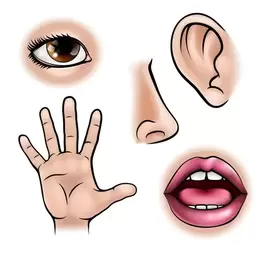 Our main senses: Vision - eyes Touch - skin Hearing - ears Smell - nose Taste- tongue The lesser known senses are perhaps just ones that have not been incorporated into everyday thinking about senses. There are several and it varies depending on how much you break them down into finer systems and functions.
Balance – the vestibular system – tells us whether we’re in equilibrium or not, and whether we’re in motion or not. We have the inner ear to thank for that one. The sense of pain – nociception – is nerve or tissue damage felt in the skin, joints, bones, and internal organs. Proprioception or position Temperature There is also interoception related to how things feel on the inside for example blood pressure, sense of stretch in the bladder Through external sensory input our brains interpret nerve signals and conjure up a picture that gives us all a unique view of the world. Colour adds a dimension to seeing and we all experience colour differently. The artist Cezanne described it as where the brain and the universe meet. Practicing a wider sensory awareness will create a richness in life and is useful to bring calm and presence. A simple way to bring to ground yourself and reduce anxiety is tuning into the five main senses: What can I see: looking around, pick large or small items to focus on, try to notice the colour, texture, and patterns. What can I touch: notice skin whilst taking palm to palm, fabric of clothes, any object you can pick up and touch, putting hand (or body) into water. What do I hear: near, far, from different directions and volume. What can I smell: you can bring things to your nose but also notice if and what you can pick up from the air. What do I taste: if you don’t have anything at hand think about distinct flavours as you remember them like lemon, coffee, something sweet, Noticing and observing the sensations from the surroundings brings you into the space and present to the moment. It also orientates you into the now, geographically and in time. In addition it will also subtly enrich and broaden any experience. With anxiety we are away worrying about what may or may not happen, sometimes completely fictional but the fear appears real. Becoming present in the moment this way aids the distinction between factual and fictional fears. For example; good to hear a car approaching whilst out walking rather than being away in the mind somewhere else, worrying about things that might or might not happen. Since we have a focus on water and swimming with our blogs from West Norwood Therapies this summer, a suggestion from me is to bring your senses into interactions with water. Apart from taste for obvious reasons. When immersing into water notice the sensations on the skin, sense the texture, temperature and scent. The sea water is very different to a lake or pool in texture, scent and colour. Listen for the sounds both being in, under and around water. If you are by the coast, gaze out at the offing, where the sky meets the ocean. Pay attention to the sounds sounds and smells and you can have an awe-inducing full body/mind experience. Observe water move - be it waves of the sea, swirling brook, big water fall or rain is mesmerising and meditative, adding the sound and smell of it the experience swells. Stepping out just after rain, scenting the petrichor brings calm and joy. Bring your senses to your summer water adventures and see if it will increase experience of awe and joy. Sports massage therapist and WNT's resident professional dancer, Lauren, shares the myriad benefits of dancing and encourages you to have a go to boost your wellbeing in honour of today's International Dance Day In 1982, the International Dance Day was first celebrated marking the birthday of Jean-Georges Noverre (1727-1810), the creator of modern ballet. International Dance Day was started to spread the message of the benefits of dance, celebrate dance and bring people together. The benefits of dance, to me, are endless. It is physically invigorating, allows creativity to blossom and encourages a social atmosphere. For me, dance is therapy. There is a sense of letting go, of releasing and feeling lighter in yourself. It is a full body experience, including the mind and spirit. If you’re feeling a bit stressed or a bit stuck in a routine, I highly encourage you to put on some music and let your body follow it. Most likely you will feel a little self-conscious in yourself at first, and it will feel hard to find the first ‘move’. Don’t worry about moves or steps, just start off by swaying a little to the music and let your body follow naturally in the flow of movement. It doesn’t have to be a spectacular ‘dance’, we are just dancing. As a professional dancer, a lot of my life is consumed by dance. Maintaining technique and broadening my versatility of styles is something that I work on every day. When you’re a dancer by trade, you’re a dancer in life. This day is a celebration for those who see the value and importance of the art form ‘dance’, and acts as a wake up call for governments, politicians and institutions which have not yet recognised its value to the people and to the individual. The pandemic has hit all of us hard, but especially the dance and theatre industry. We have not been allowed to perform for over a year now. For some, it has been too much and artists and friends have already started pursuing other careers. But for those that have remained through it all, I have seen the sheer guts and resilience of dancers and artists, fighting for their artistry and freedom to dance. Dancing in living rooms, bedrooms, kitchens, gardens, and zooming in to classes from all over the world because we simply can’t stop. We can’t stop because dancing feels good! I believe there’s a dance style out there for everyone and encourage you to find yours. Here’s a ‘short’ list: ballet, jazz, modern, tap, contemporary, swing, lindy hop, hip hop, jive, ballroom, salsa, samba, street jazz, krumping. Look and see what there is in your local area, classes will be back in the studio from 17th May! And when you’ve started your new dance hobby, look after your body by coming to see me at West Norwood Therapies for a sports massage! I absolutely love how being a dancer informs my work as a massage therapist. I'm particularly interested in improving clients’ range of movement and flexibility to give them freedom in their bodies. Massage therapist Erika Zettervall shares her joyful and varied experiences of walking her dog Alfons in the winter and explores the benefits of getting out and about with or without a furry friend. This month is national walk the dog month, supposedly due to the bad January weather dog owners are in need of encouragement to walk their dogs(!?). I find this a bit baffling since my experience of weather in winter is that it’s more dog walking friendly than summer weather. The heat is worse than sleet if you are a dog. There is, of course, the maddening amount of mud at the moment, resulting in muddy paws and boots to clean, but walking my dog has never been a chore, rather a great source of joy. It was the main reason for getting a dog and I take great pleasure in walking, I enjoy long country walks as well as exploring urban environment. With this winter lockdown, dog or no dog, walking will be an opportunity to meet and spend some time with friends. Don’t let the temperature put you off and prevent safe socialising and friendly support but sitting on a park bench is chilly and is not great for the kidneys. Instead, keep on moving, the walking will build your inner heat and you will keep warm. Walking and talking is very therapeutic, the gentle movement brings softness and flow to thoughts and conversation. It lends itself to a deeper conversation and is often preferable to facing each other stationary when touching on sensitive topics or resolving a delicate issue. However with a dog or two put in the mix the focus will shift suddenly and abruptly, when urgent canine matters occur. Like balls needing to be thrown or to stop for a close inspection of a wall that may require a signature in the form of quick cock of the leg! It can be a good interlude at best or a bit jarring if you are mid-sentence. I used to find it a bit annoying before becoming a dog owner myself. But the patience required, something I have had to cultivate with my dog, makes me slow down and notice my surroundings a bit more. This disrupting and also playful quality of dogs is great if you are like me a bit prone to drift and disappear in thought. My dog, Alfons, keeps me firmly in the present by his demand for attention and in so doing prevents me from rumination and overthinking the many anxieties of the world and him from fox poo rolling or munching on unsuitable discarded food bits. I can understand the hesitation to venture out for a walk when there is no dog insisting on an excursion, especially when the weather looks a bit wintery. Unless of course you are like me and love crisp cold weather, find a long brisk walk energising and crave that sweet feeling of returning home with legs tired and cheeks rosy. Then the enjoyment of staying cosy indoor is delightful, but without the exertion and fresh air you can end up foggy headed and sluggish. London has many fantastic parks, big and small, as well as the commons. Many streets have beautiful trees and small patches of greenery and its apparent numerous Londoners are keen gardeners making pavement walking very interesting and pleasant. Most places are very accommodating and friendly towards dogs, then there are also the waterways to get to know; rivers and canals with paths running alongside. Lately I have exploring areas along the river Lea and East London and they are absolutely great. You can walk for miles on paths and marshes with very friendly crowds. Even cyclists are friendly! If you not keen on roving and since we are all encouraged to stay close to home this winter, much discovery can be had repeating a favourite route. If you carry the mindset ‘you never cross the same river twice’ you can begin to cultivate awareness in the small changes in every day. On a clear winters day the views are good and very different to the summer. With very little or no foliage you can see though the trees and what in the summer is obscured by leaves is now visible. You might also notice the naked branches’ beautiful structure, maybe there is a hint of preparation for new growth, stems tuning purple and swelling buds signalling a turning towards a new season. If you still don’t fancy winter wandering and are dog free, take pleasure that you don’t have to take the dog out in the cold and be grateful you can choose. Then you cultivate a bit of gratitude! Although the wise part of you is hopefully aware a daily walk is would be a great benefit for maintaining good health and supporting your immune system. Put a hat and gloves on, step out and enjoy winter walking, with or without a dog. |
AuthorBlogs from the WNT team. For our blogs from before June 2020 please see individual profile pages - it's a good way to get to know practitioners too. Archives
June 2024
Categories
All
|
|
Visit us - by appointment only please - in the office block in the Access Self Storage premises at 443 Norwood Road, London, SE27 9DQ
[email protected] Phone - please contact practitioners directly, or if not in a rush you can leave a message for us to call you back at 07931876931. |
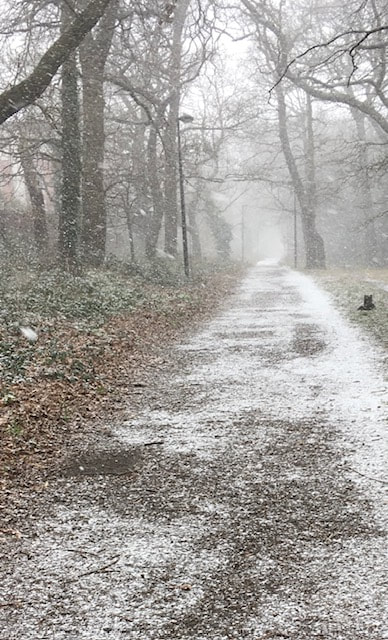
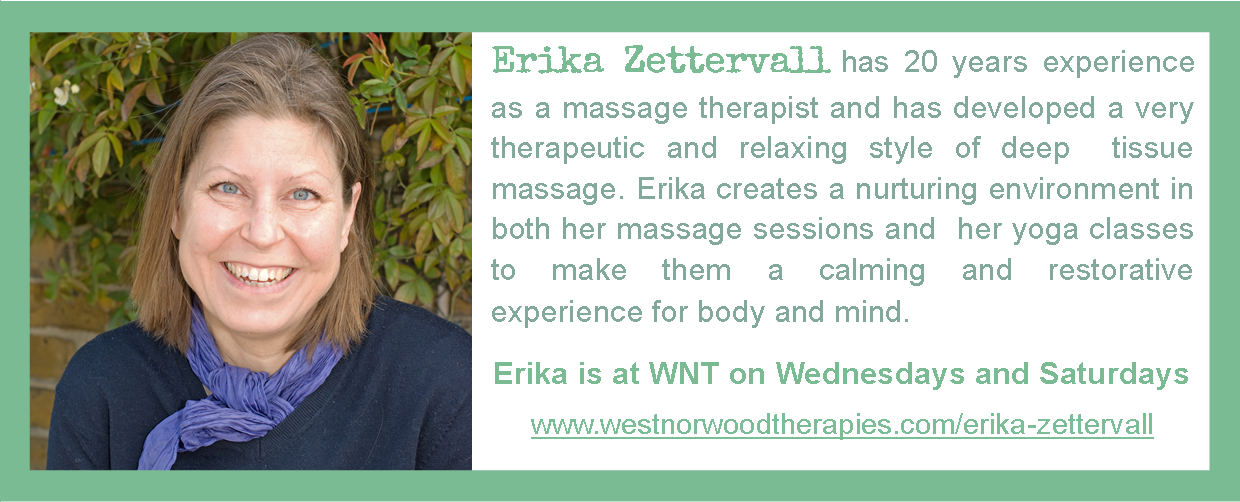
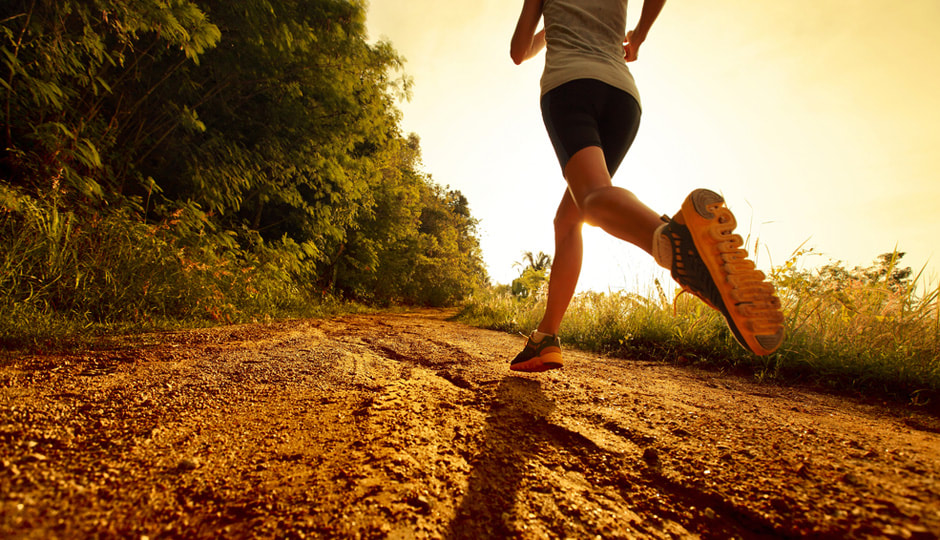
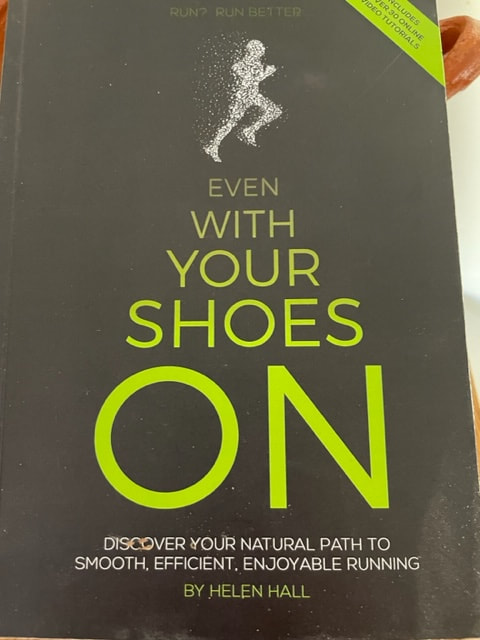
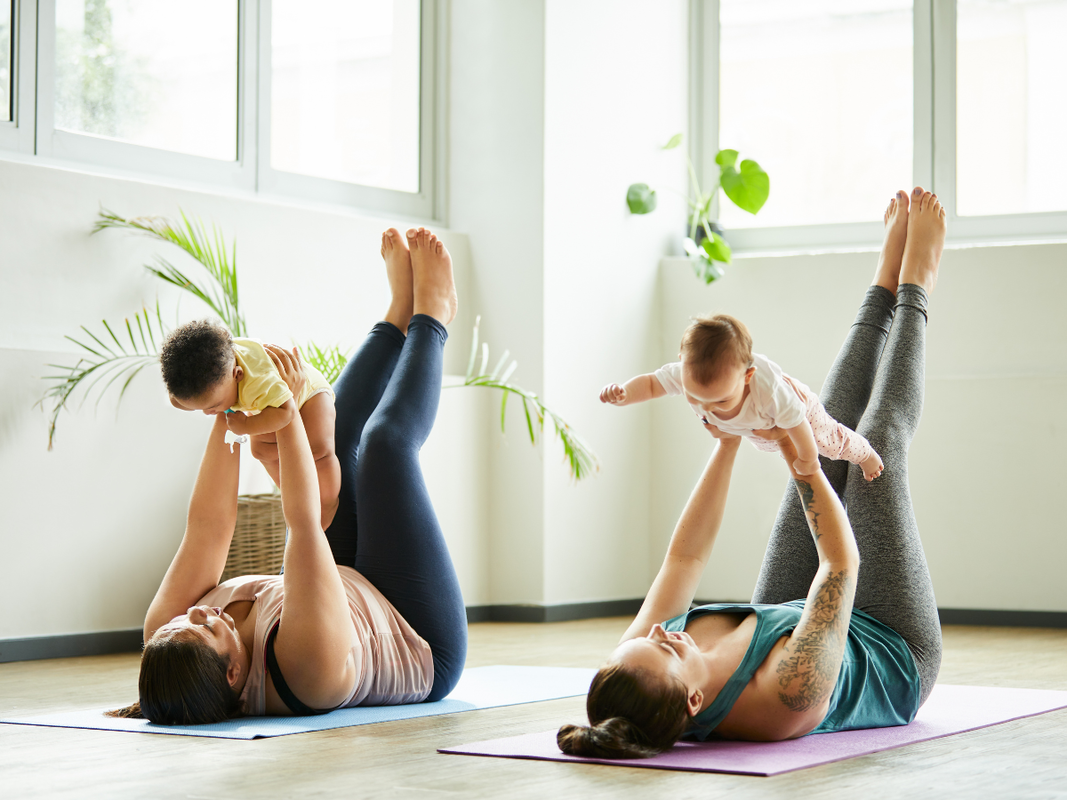
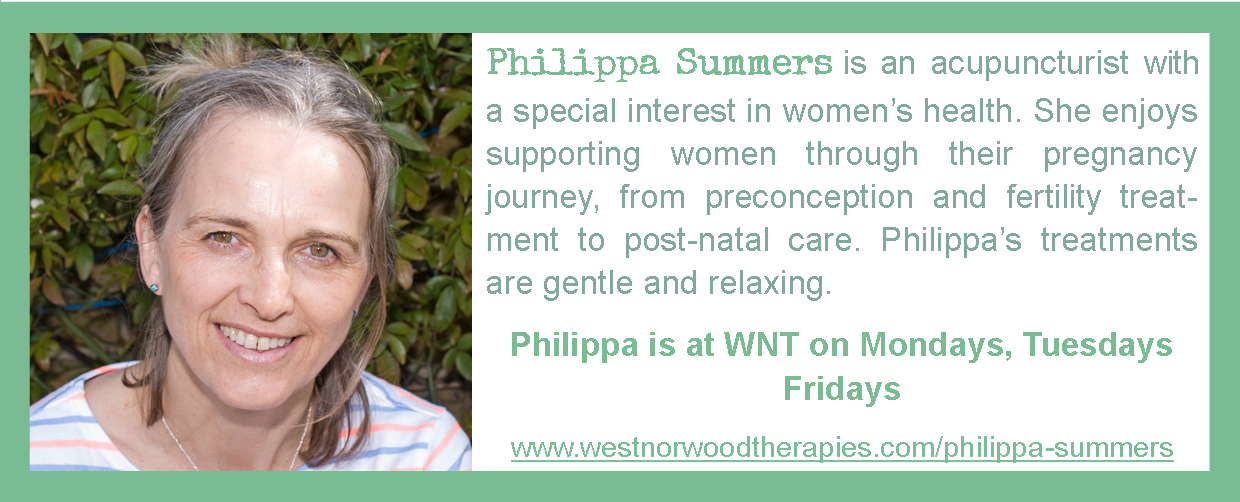
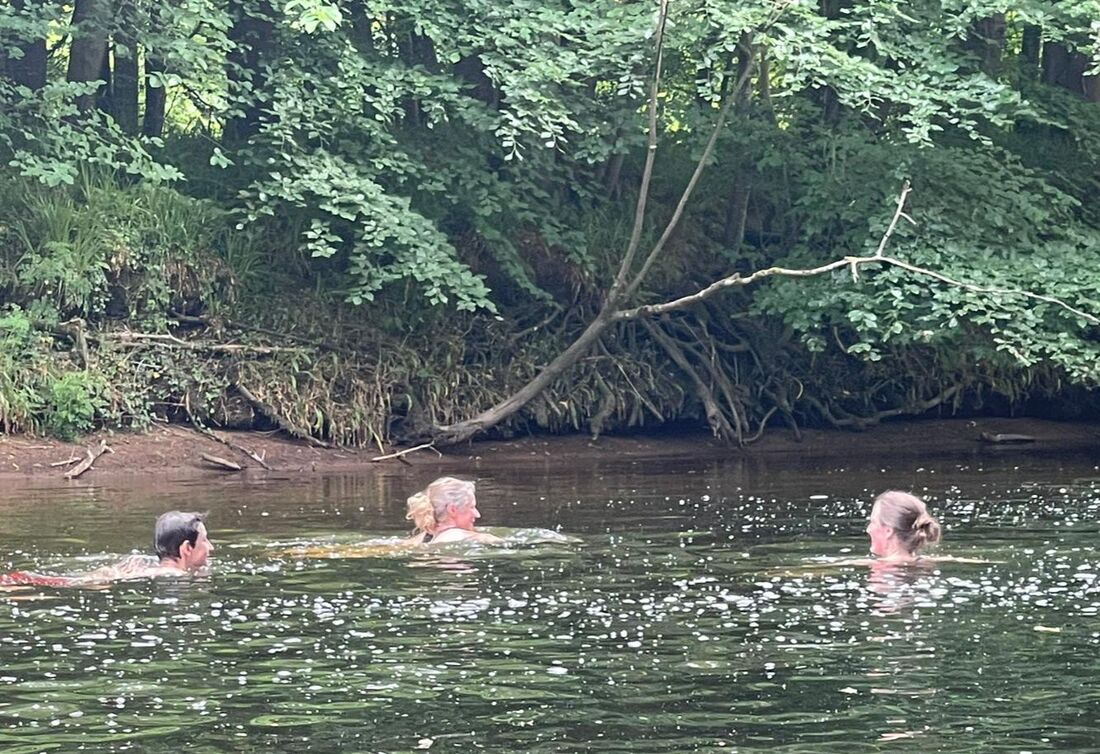
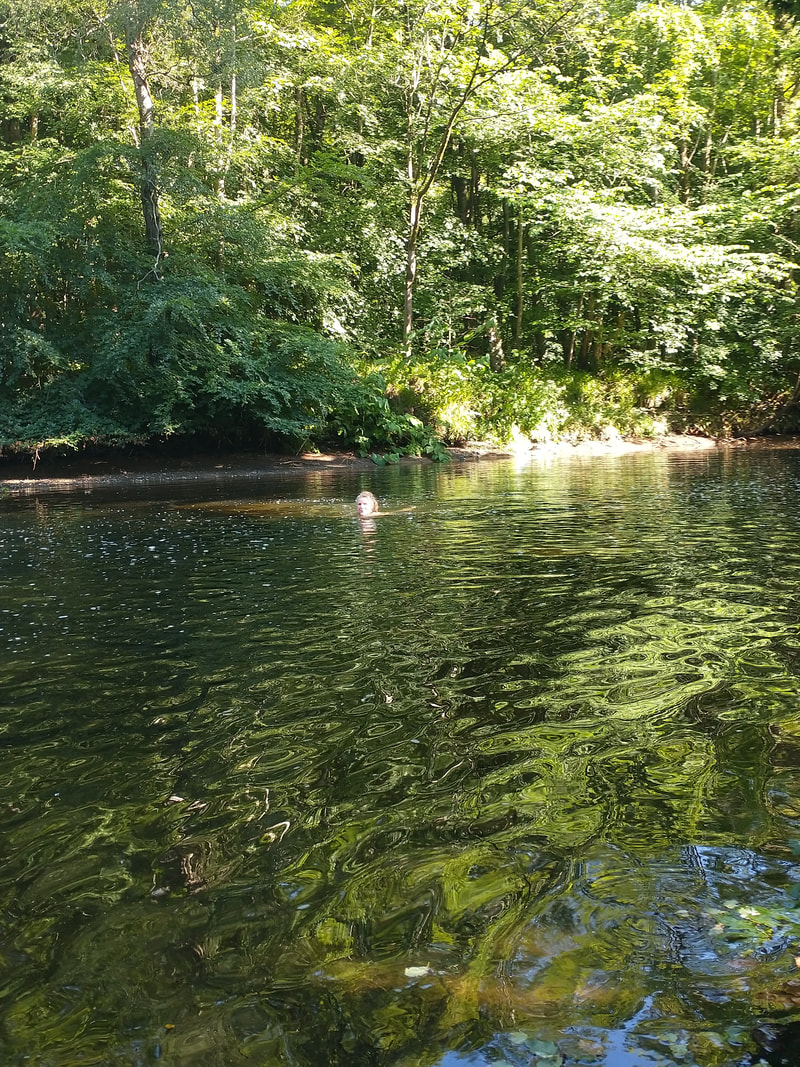
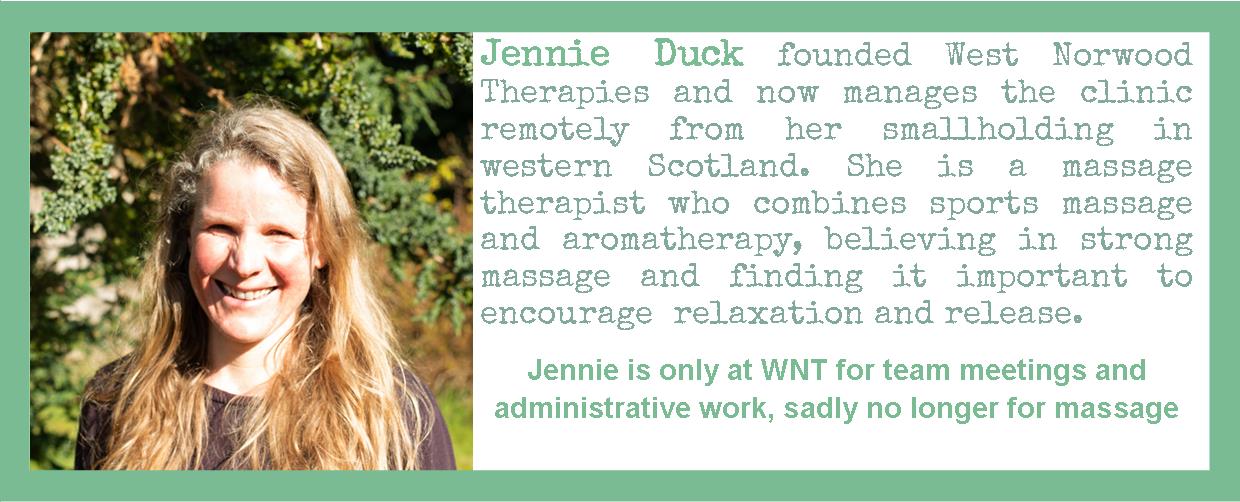
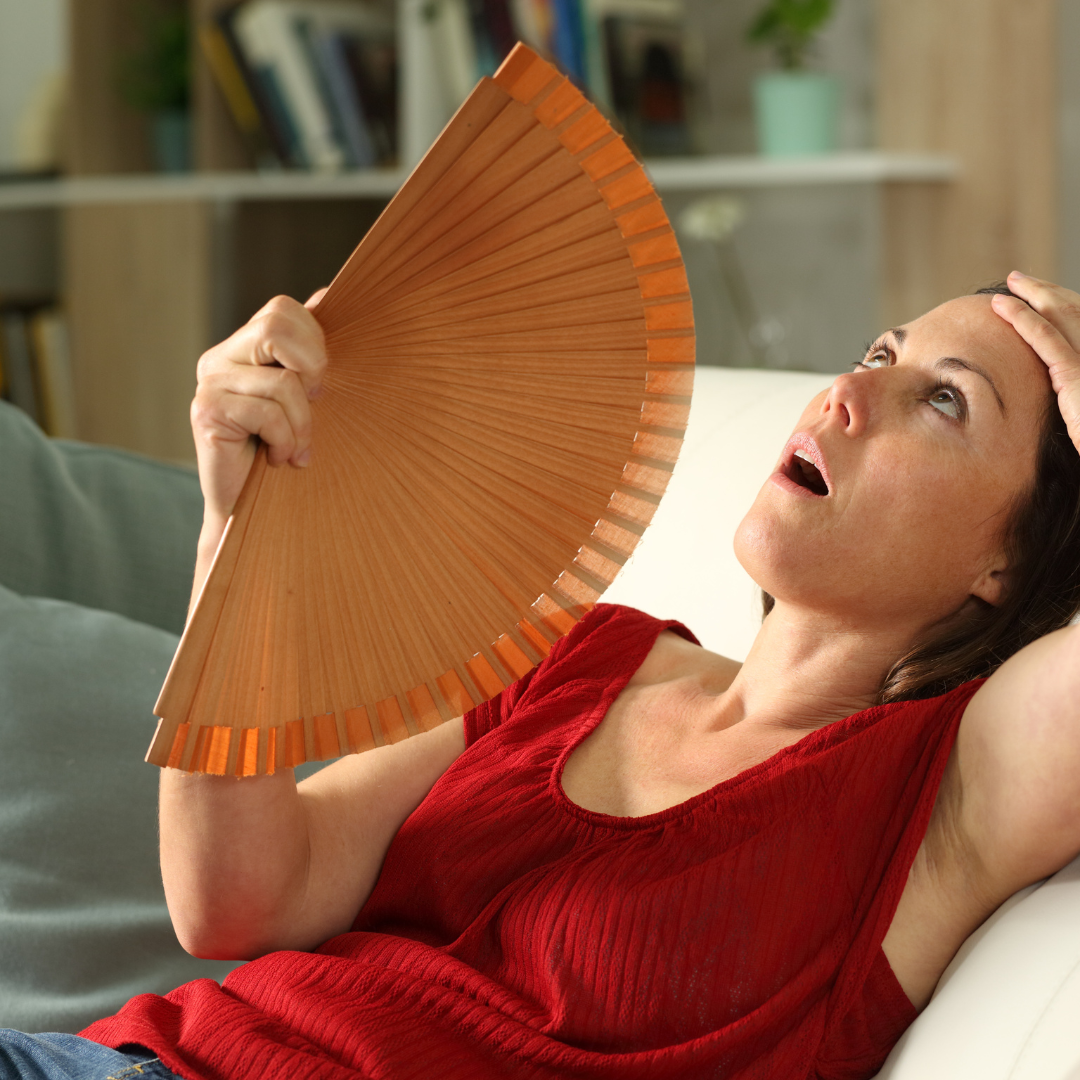
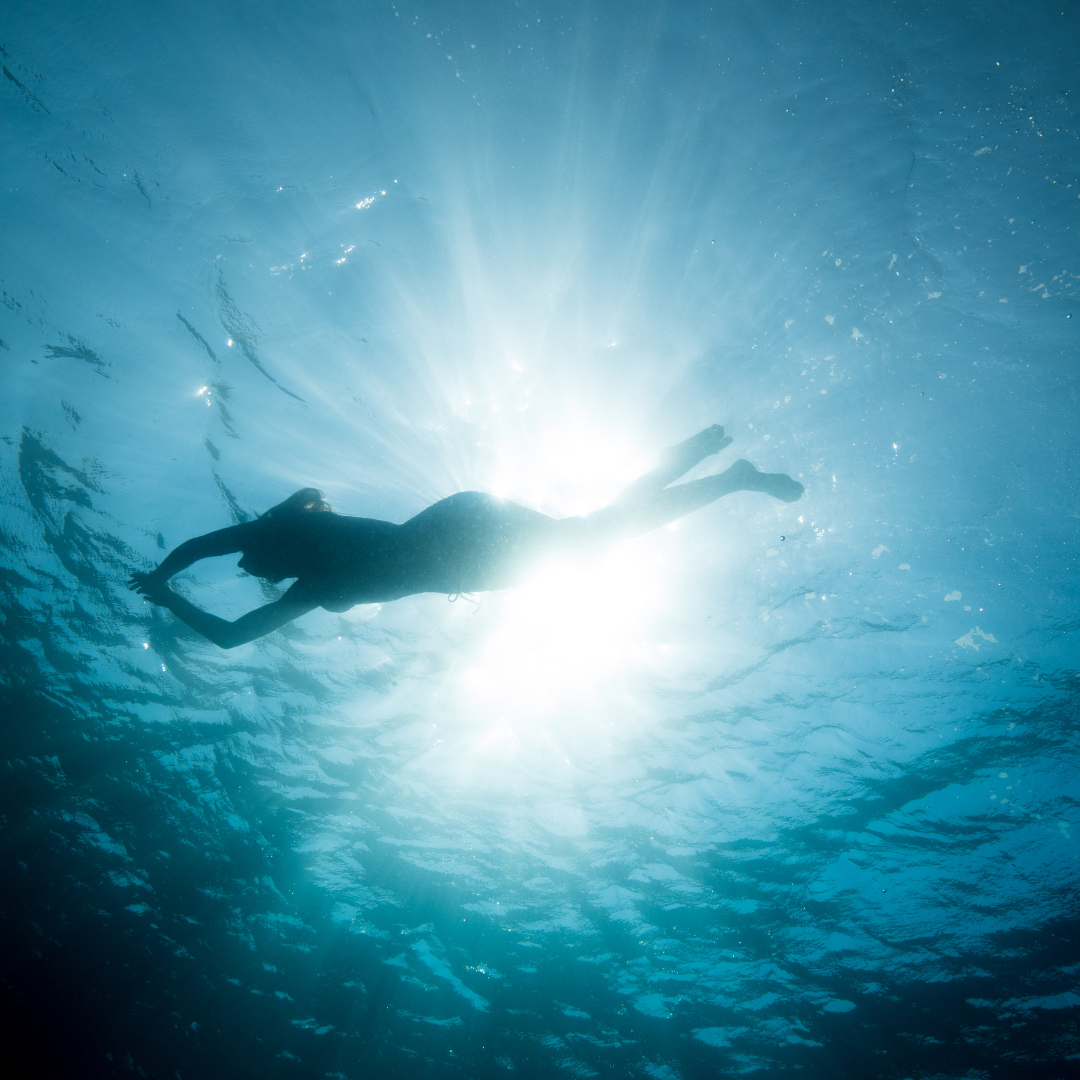
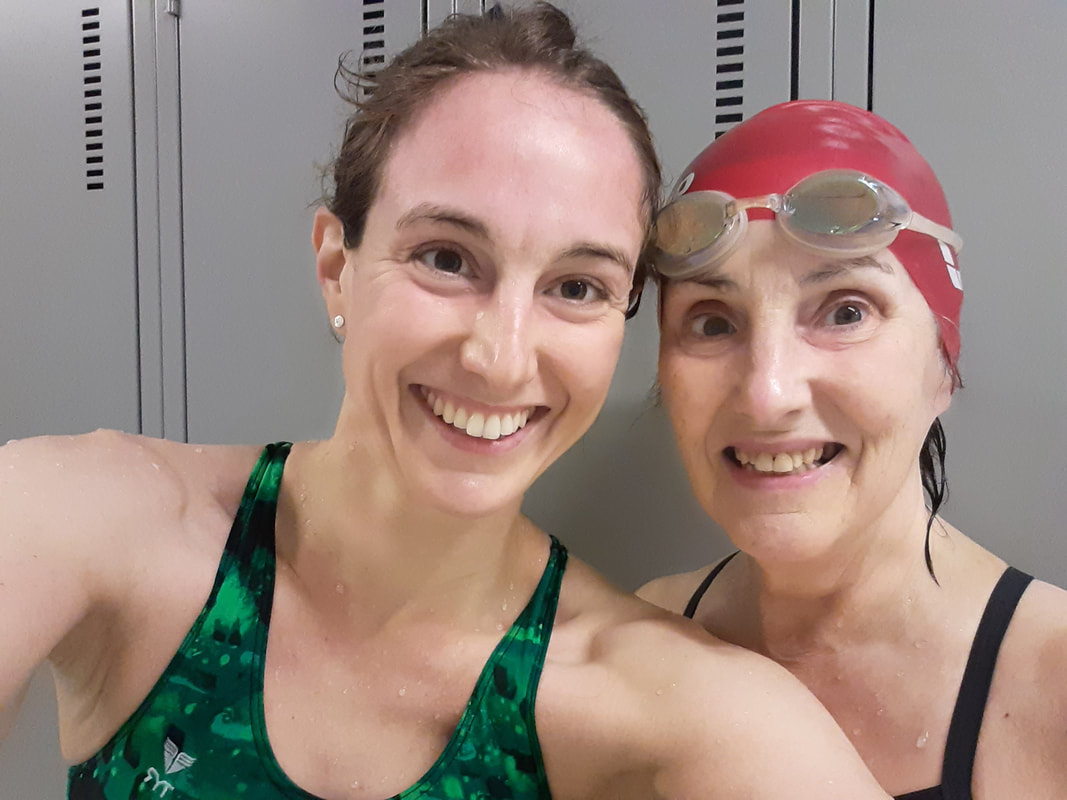
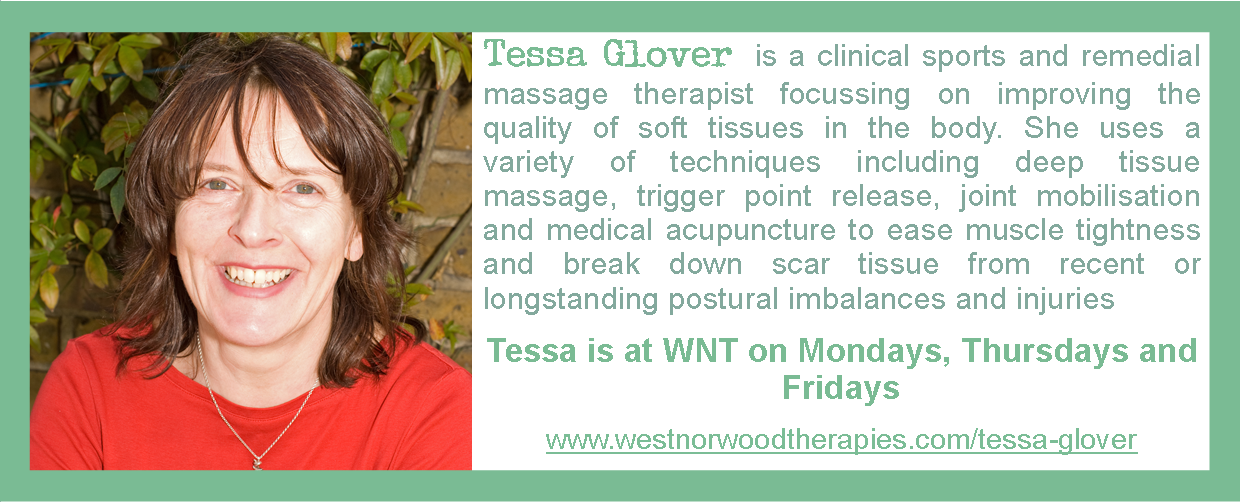

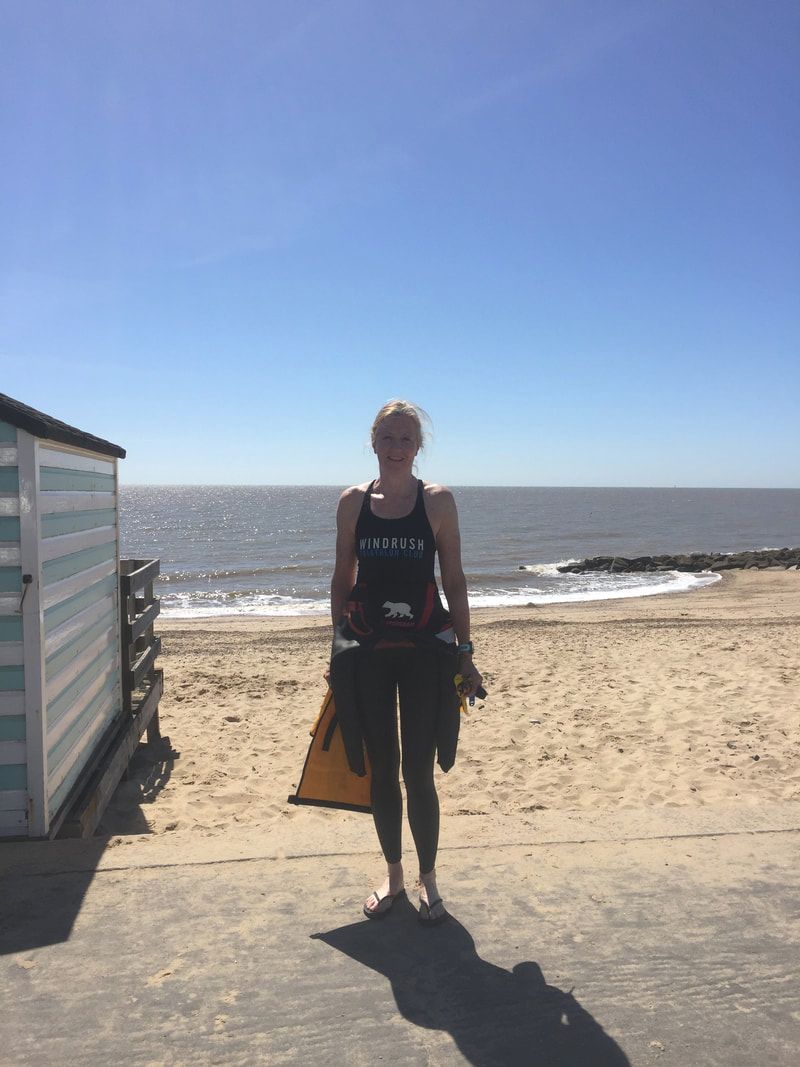
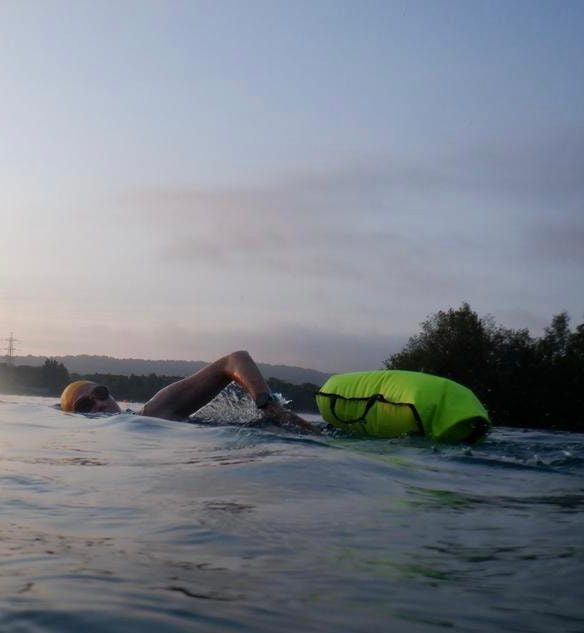
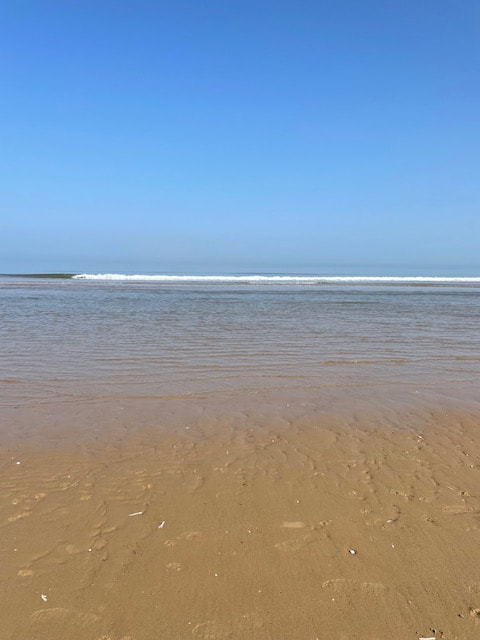
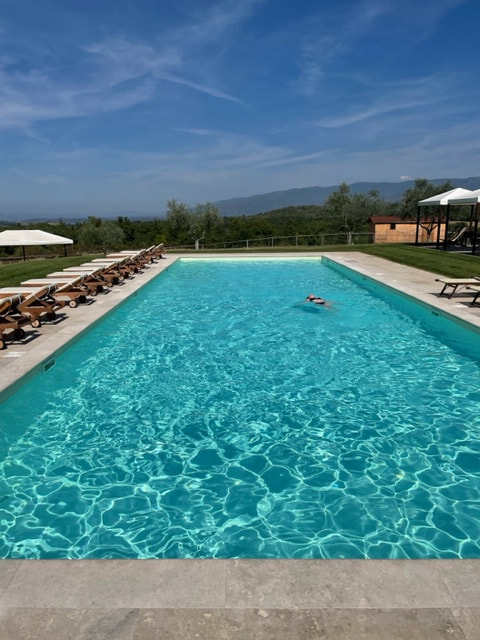
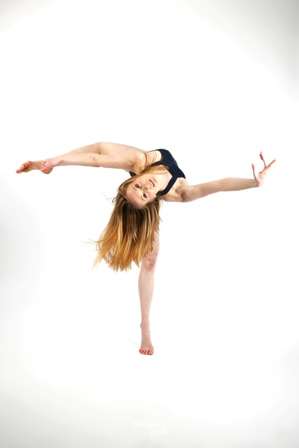
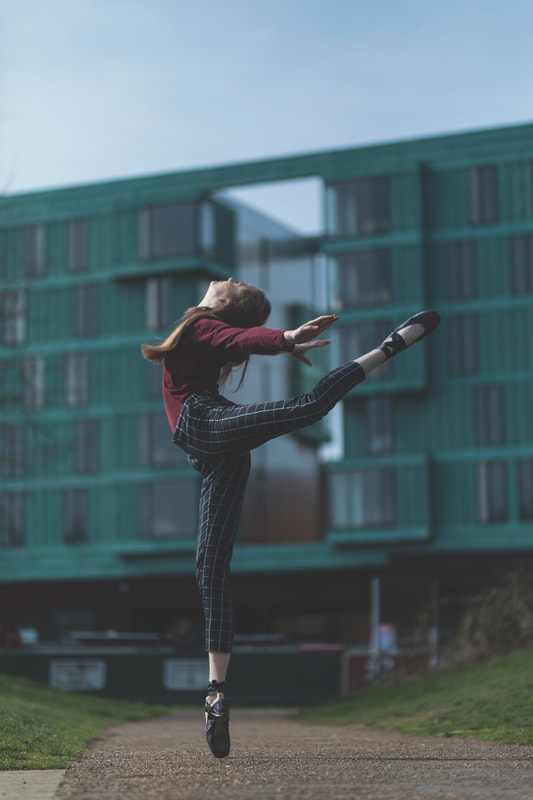
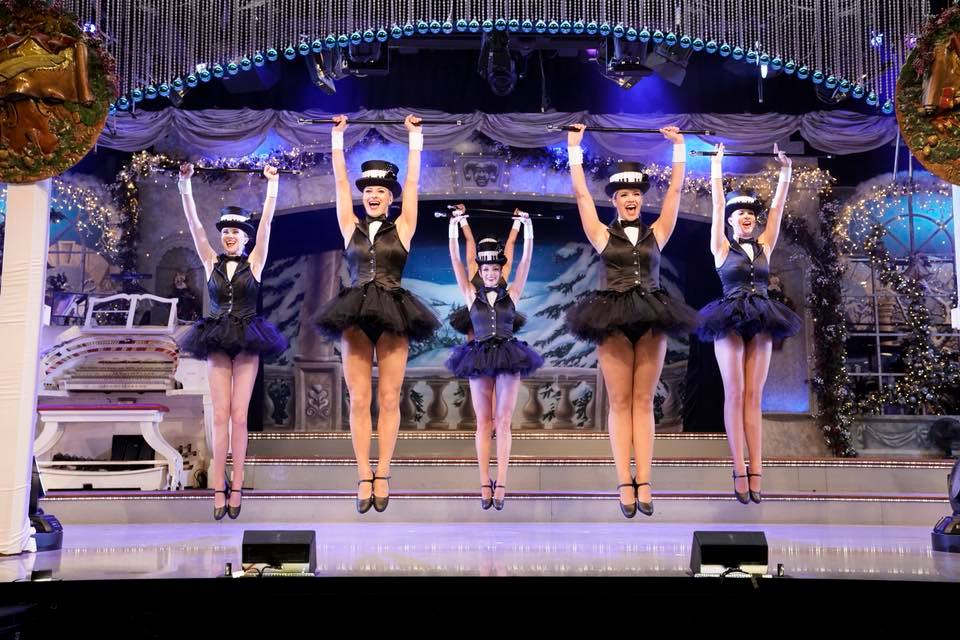
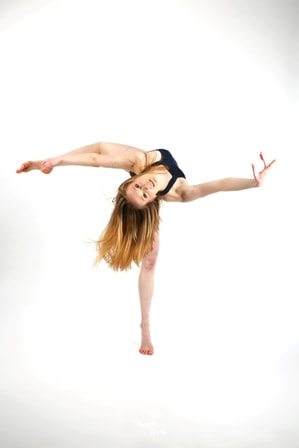
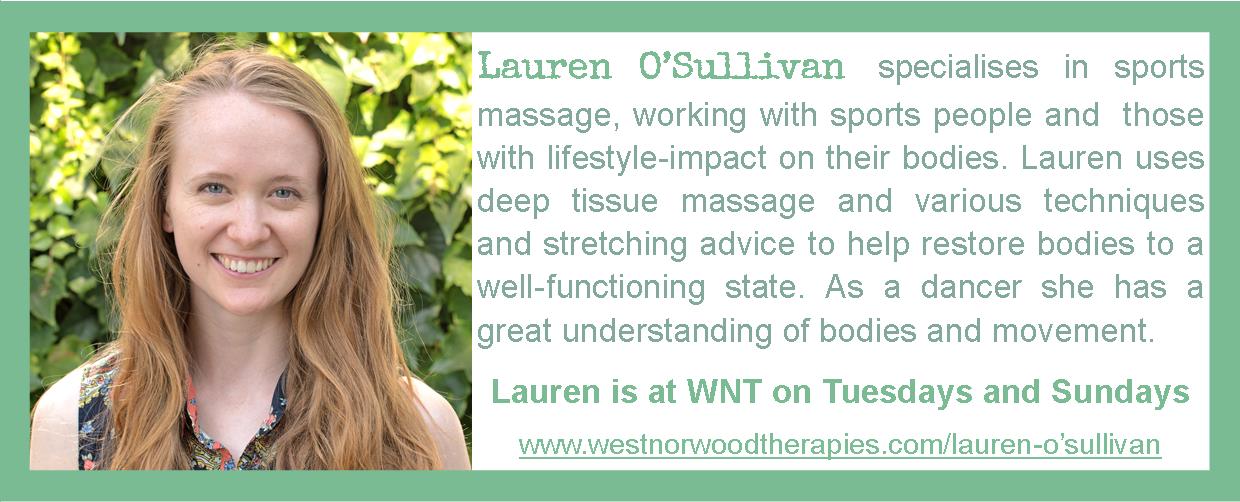

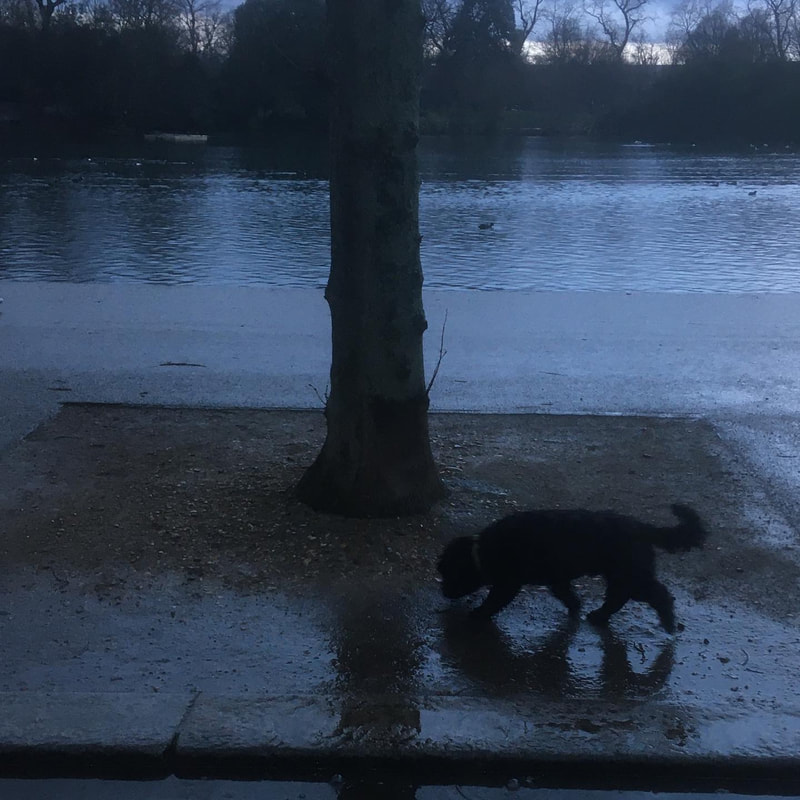
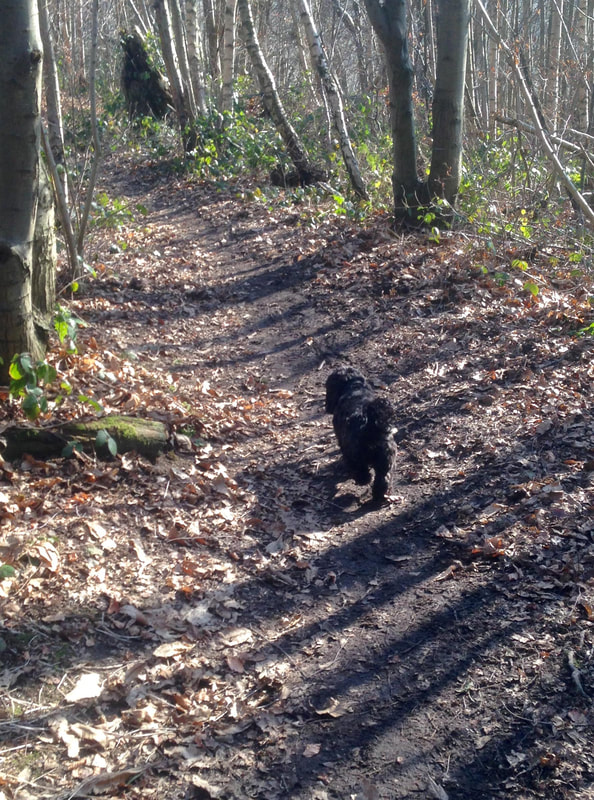
 RSS Feed
RSS Feed
